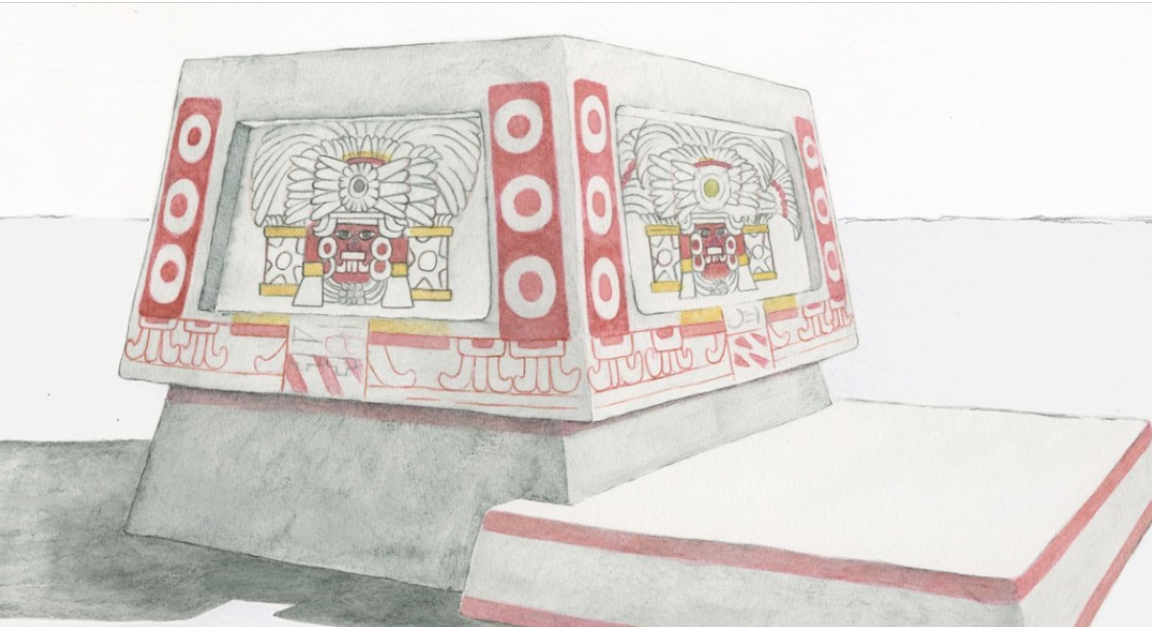
"The altar reveals the presence of powerful rulers from Teotihuacan who were there at a time when a coup ousted Tikal's Maya rulers and replaced them with a Teotihuacan puppet government."
"Archaeologists recently unearthed the altar in a quarter of the Maya city of Tikal that had lain buried under dirt and rubble for about the last 1,500 years."
"The altar and the courtyard around it aren't even remotely Maya-looking; their architecture and decoration look like they belong 1,000 kilometers to the west in the city of Teotihuacan, in central Mexico."
"It also reveals how hard those foreign rulers fell from favor when Teotihuacan's power finally waned centuries later."
Archaeologists have discovered an altar in Tikal, providing insight into the Teotihuacan influence in Maya civilization after a local coup. This altar, significantly different from Maya architecture, indicates a power shift where Teotihuacan rulers replaced the local elite. The artwork details the high status of these rulers illustrated in the lavish designs, representing identity and cultural exchange. However, the decline of Teotihuacan's power later reveals the shift in favor from foreign rulers back to local governance, shedding light on the complex dynamics of power in ancient Mesoamerica.
Read at Ars Technica
Unable to calculate read time
Collection
[
|
...
]